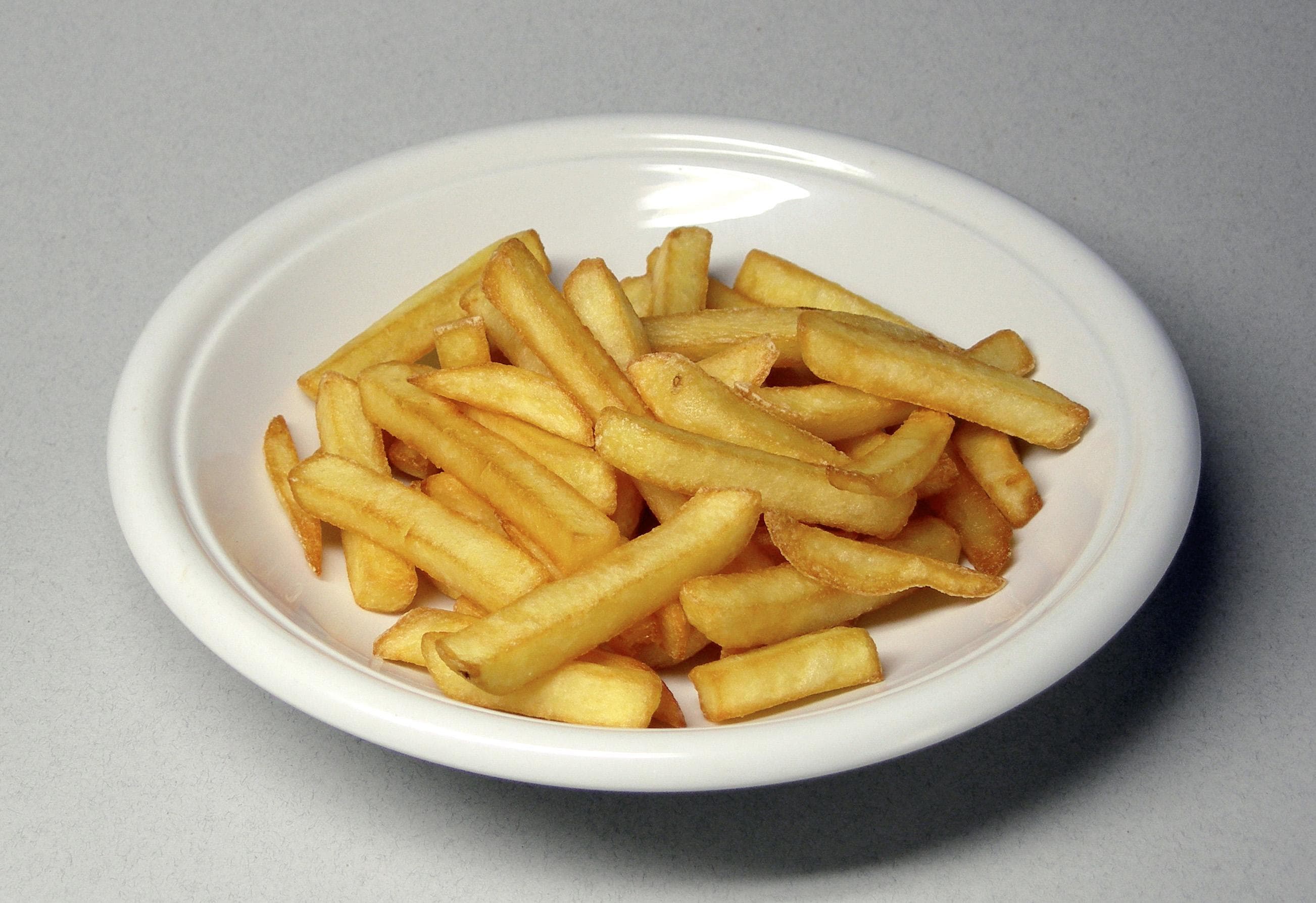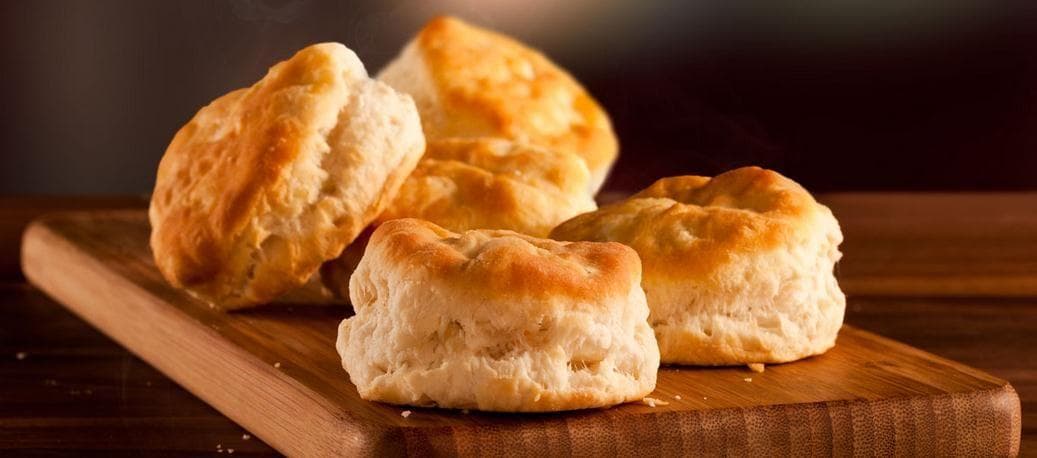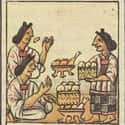-
(#5) Some People Think That This Phobia From A Peanuts Comic Strip Is Real
Charles M. Schulz's "Peanuts" comic strip invented a fake phobia called "arachibutyrophobia," which is the "fear of peanut butter sticking to the roof of your mouth." It is not considered a real phobia, as Schulz literally made it up. The root, "arachis," comes from the Latin word for "peanut," while the "butryum" is Latin for "butter." You pronounce it as, "are-ack-ee-but-tir-o-phobia."
-
(#7) Apple
- Food
The American apple was never meant to be eaten. It was brought over to Jamestown for one reason: cider. People loved cider. And because they loved it so much, they would have it with every meal (with some diluted glasses of cider for the kids, so that they wouldn't get too drunk at the dinner table). They drank cider mainly because it was safer to drink than any nearby water sources. So, most people grew their own apples. One man with 2,500 apple trees claimed that his trees were more valuable than 15,000 pounds of tobacco. This is how much people loved cider.
And then, Thomas Jefferson went to France where he was given "Ralls Benet" apple cuttings for him to grow in the US, which he then gave to a nursery in Virginia. The result was a "better" apple that people suddenly started just eating. It was nowhere near the sweetness of the apples you eat today. Japanese scientists crossed the Ralls Benet apple with the Red Delicious, and the result was what people call the popular "Fuji" apple.
-
(#9) Chocolate
- Food
The Aztecs couldn't grow cacao leaves, but boy, did they love chocolate. In fact, they loved chocolate so much that the cacao plant alone became an important commodity. Aztec rulers even accepted cacao as "tribute," which was an early form of taxes. They would demand cacao of their conquered peoples and of ordinary citizens for the "tribute" owed to the rulers.
-
(#3) Mustard Seeds Are 'Eye Of Newt'
At this point, it's ubiquitous to have a witch character brewing some kind of evil potion and include an "eye of newt." Your entire childhood, you probably thought that eye of newt was an actual eye from an actual newt. It's actually not. As it turns out, witches wanted to deter people from also practicing witchcraft, so they gave all these fairly common herbs and spices real gross names on purpose. That is how the mustard seed, a common ingredient, came to be known as the eye of newt. The first place to use this name for the mustard seed was in Shakespeare's Macbeth.
Here's a breakdown of some more herbs and spices that might have other, more witch-like names:
- Toe of Frog = Buttercup (the flower)
- Adders Fork = Adders-Tongue (an adder is a snake, but an adders-tongue is just a leafy plant)
- Tongue of Dog = Houndstongue (another flower)
- Wool of Bat = Holly Leaves (like at Christmas!)
-
(#10) Grape
- Food
That's right. The average person in America consumes eight pounds of grapes each year. That's approximately 26 servings of grapes per year. That's kind of a lot of grapes. So either you're not eating enough grapes, everyone else eats more grapes than you thought they did, or there are some people who are simply going HAM on grapes.
-
(#4) Lobster
- Family
So this is how delicate and impressionable people are as consumers: prior to the American Revolution, dockworkers went on strike because they were burdened with the damning act of eating lobster more than three times per week. Some people even had a clause in their contract that they would not eat lobster more than twice every week. They even served lobsters in prison and the inmates hated it. A single tear for them, please.
So how did the lobster go from being a peasant food to a delicacy? The North American lobster, at some point, was so plentiful that people actually used it as garden fertilizer. People were so ashamed to eat this peasant food that they would bury the shells, instead of throwing them away, so their neighbors wouldn't know. Lobsters weren't adopted as a popular food until the mid-19th century, when the "lobster smack" was invented to keep them fresh (a kind of boat used to transport live lobsters). People were then able to develop a taste for lobster by the mid-20th century, and now they're the fanciest thing you can eat that isn't caviar.
New Random Displays Display All By Ranking
About This Tool
Foods not only meet physical needs but also one of the ways to eliminate stress. Food plays an irreplaceable role in the progress of human civilization and economic development. Some countries even regard their traditional food as sacred, for example, the Italians consider pasta as a national treasure, and the French are proud of their onion soup and hot pot. And some foods also have their own secrets.
This random tool helps you learn more about 16 strange facts about food that you didn't know. I believe that after checking these simple introductions, you may change your views on food and eating habits.
Our data comes from Ranker, If you want to participate in the ranking of items displayed on this page, please click here.
















